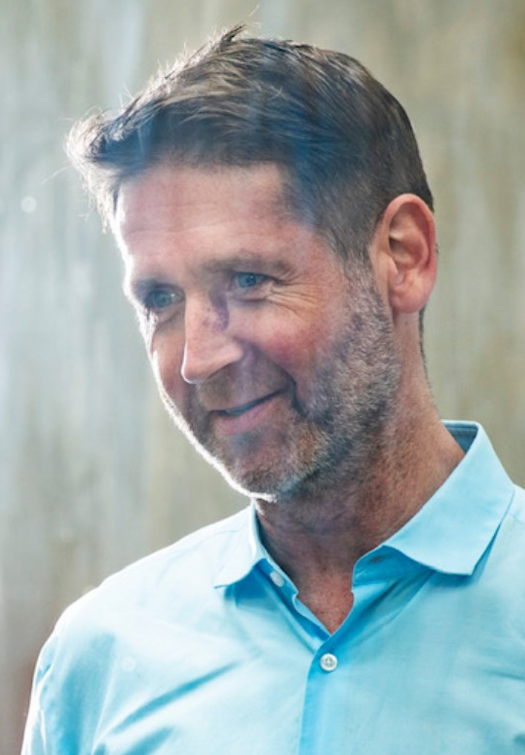Summit of Efficiency: Experiencing OKRs on a Black Forest Hike
An article by: Thorten Eger, Partner at KennedyFitch
This is a translation of an article recently published in the Swiss Magazine ‘HR Today’
Is the Journey the Goal—or is the Goal the Goal?
To illustrate this, Thorsten explains the principles of OKRs through an unusual metaphor: an 8-day, 260-kilometer long-distance hike from north to south through the picturesque Black Forest.
In today’s business world, companies strive for effective and efficient methods to increase their organization’s productivity and achieve goals. Objectives and Key Results, or OKRs (Andy Grove, 1983), has proven to be a powerful methodology that encourages companies to think and orchestrate performance differently. However, OKRs can also be applied in other areas of life. To illustrate this, the principles of OKRs are not explained here using a business example, however, are exemplified with an unusual metaphor: an 8-day, 260-kilometer long-distance hike from north to south through the picturesque Black Forest.

Planning the Hike: Setting the Objectives
A long-distance hike requires clear goals and careful planning, drawing parallels to setting Objectives according to the OKR method. It is important to establish fundamental target goals that should be achieved. For my hike in the Black Forest, these could be, for example, “reach summits,” “explore nature,” “promote self-perseverance,” “increase mental health through heightened mindfulness,” and so on.
> Hack: Formulate precise, inspiring, and challenging objectives. This strengthens the engagement and motivation of your team: out of the comfort zone, into the workout.
Mapping Out the Route: Defining the Key Results
Each stage must be based on clear milestones or Key Results that make the progress towards the set Objectives measurable. In my case, the Key Results were “cover at least 30 kilometers per day” or “reach around 50,000 steps per day.” This was sometimes a real challenge, sometimes an inner struggle with myself. However, results could also be things like “reach a summit in under 3 hours” or “identify 5 new plant species.”
> Hack: Ensure that Key Results are specific, measurable, and realistic, but also challenging to focus on implementation.
During the Journey: Regular Check-ins
Similar to projects in the business world, a long-distance hike also requires regular monitoring of progress. Stops or checkpoints can be used to reflect on whether the set goals have been achieved. This allows for adjustments and promotes continuous improvement, such as the route or planned daily distances.
> Hack: Regular check-ins help evaluate progress, celebrate successes, and quickly initiate adjustments if needed.
Unforeseeable Challenges: Agile Adaptation
Every long-distance hike can encounter obstacles, whether it’s bad weather, unpredictable terrain, or injuries like painful blisters or exhaustion in the legs. Detours, which in my case even led to more kilometers or forced rest days—both require agile adaptation. Thus, in the OKR method, it is equally important to react agilely to changing circumstances. Flexibility and the willingness to adjust goals or reconsider Key Results are crucial for success.
> Hack: Agile principles help adapt to unforeseen circumstances and still stay on track.
Keeping the Goal in Sight—Arrival: Celebrating Successes and “Lessons Learned”
In the final stretch, it is not only important to look forward to success and celebrate it but also to evaluate the entire process. Possible questions for such an evaluation are: What worked well? What could have been improved? How can these “lessons learned” or insights gained be incorporated into the planning of the next long-distance hike? Such reflections are crucial for learning from experiences and making the next journey—or business period—even more successful.
> Hack: Don’t forget to conduct a comprehensive evaluation at the end and document the insights sustainably for yourself and for others who will venture down similar paths.
The application of the OKR performance methodology, illustrated by my hike from Pforzheim to Waldshut-Tiengen, shows how clear goals, measurable results, regular check-ins, and agile adaptation can pave the way to success but are also necessary to achieve the goal–even with numerous blisters on the foot while at the same time significantly increased mindfulness.
By integrating these principles into daily work, companies can increase their performance and pursue their goals with confidence—just like a hiker climbing the heights of the Black Forest while appreciating the beauty of the journey.


